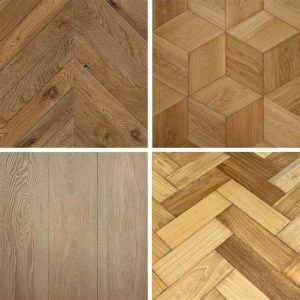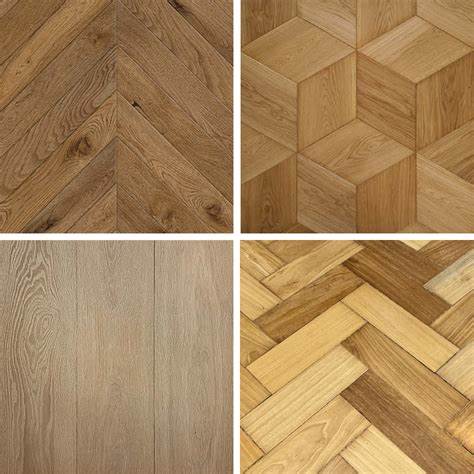
In the hustle of modern life, time is a precious commodity. However, the beauty and elegance of hardwood floors should never be compromised due to a lack of time. This guide transcends the typical “quick clean” approach, offering a comprehensive strategy for achieving a sparkling shine in minimal time.
We delve into the nuances of efficient cleaning techniques, the right tools, and preventative measures, ensuring your hardwood floors retain their luster without demanding hours of your day.
Phase 1: The Preemptive Sweep: Establishing a Foundation for Speed (180 Seconds)
- The Microfiber Advantage: Electrostatic Efficiency
- The microfiber dust mop is the cornerstone of rapid cleaning. Its electrostatic properties attract and trap dust, dirt, and pet hair with unmatched efficiency. This eliminates the need for multiple passes, saving valuable time.
- Employ long, fluid strokes, moving with the grain of the wood. This prevents debris from lodging between planks and ensures a smooth, even clean.
- Consider investing in a high-quality microfiber mop with a swivel head for enhanced maneuverability.
- Strategic Brooming: Targeted Debris Removal
- For those without a microfiber mop, a soft-bristle broom provides an alternative. However, ensure the bristles are soft to avoid scratching the finish.
- Sweep in the direction of the wood grain, preventing debris from being pushed into the seams.
- Focus on areas with visible debris, such as entryways and high-traffic zones.
- Vacuum Precision: Tackling Larger Debris
- For larger debris, pet hair, or crumbs, a quick vacuum run with a soft brush attachment is vital.
- Crucially, avoid vacuums with beater bars, as they can inflict scratches on the delicate finish.
- A handheld vacuum can be very useful for quick spot cleaning.
Phase 2: The Immediate Intervention: Spill Control and Residue Removal (60 Seconds per spill)
- The Blotting Technique: Preventing Penetration
- Liquid spills demand immediate attention. Use a dry, absorbent cloth to blot the spill, preventing it from seeping into the wood.
- Avoid rubbing, which spreads the spill and can damage the finish.
- Paper towels are very useful for absorbing large spills.
- Residue Elimination: Targeted Cleaning
- If a residue remains, lightly dampen a clean cloth with water or a hardwood-specific cleaner.
- Gently wipe the area, followed by immediate drying with a clean, dry cloth.
- A spray bottle with a diluted hardwood floor cleaner is great for targeted cleaning.
Phase 3: The Targeted Damp Mop: Minimizing Moisture, Maximizing Shine (300 Seconds)
- The Damp Microfiber: Controlled Moisture Application
- Use a microfiber mop, ensuring it’s only slightly damp. Excess moisture is the enemy of hardwood.
- Wring the mop thoroughly before use.
- A spray bottle to lightly mist the floor ahead of the mop, can also be used.
- The Diluted Solution: Gentle Cleaning Power
- If a cleaner is needed, dilute it according to the manufacturer’s instructions.
- A small amount of cleaner is sufficient for effective cleaning.
- pH-neutral hardwood floor cleaners are ideal.
- The Grain Following Technique: Streak-Free Shine
- Mop in the direction of the wood grain, preventing streaks and ensuring a uniform shine.
- Overlap your strokes slightly to avoid leaving any areas untouched.
- Immediate Drying: Preventing Water Damage
- Any remaining damp spots must be dried immediately with a clean, dry cloth.
- A second dry microfiber mop can be used to follow the wet mop.
Phase 4: The Visual Sweep: Ensuring Perfection (60 Seconds)
- The Inspection Scan: Spotting Imperfections
- Quickly scan the floor for any remaining spots, streaks, or missed debris.
- The Touch-Up Precision: Targeted Corrections
- Use a slightly damp microfiber cloth for any minor touch-ups.
- A small spray bottle with cleaner is useful for stubborn spots.
Speed Cleaning Strategies: Optimizing Efficiency
- Proximity of Supplies: Minimizing Travel Time
- Keep your microfiber mop, cleaner, cloths, and vacuum readily accessible.
- A cleaning caddy can be useful.
- Preventative Measures: Reducing Cleaning Frequency
- Mats at entrances and felt pads on furniture legs minimize the need for frequent cleaning.
- A no-shoes policy also greatly reduces cleaning.
- Daily Dry Maintenance: Minimizing Damp Mopping
- A quick daily dry sweep drastically reduces the need for damp mopping.
- This is the most time effective strategy.
- Strategic Cleaning: Prioritizing High-Traffic Zones
- Focus on cleaning areas with the most foot traffic, such as entryways, hallways, and kitchens.
- Immediate Spot Treatment: Preventing Stubborn Stains
- Address spills and messes as they occur to prevent them from setting and requiring more extensive cleaning.
Product Recommendations (for Quick and Efficient Cleaning):
- Bona Hardwood Floor Cleaning Spray:
- For rapid spot cleaning and light mopping.
Bona Hardwood Floor Care Kit
- Microfiber Cleaning Cloths (Multi-Pack):
- For fast dry and damp cleaning.
- Check out this affordable HOMEXCEL Microfiber Cleaning Cloth Grey.
- iRobot Roomba 694 Robot Vacuum-Wi-Fi Connectivity, Good for Pet Hair, Carpets, Hard Floors, Self-Charging:
- For daily dry cleaning, to greatly reduce manual work.
- Buy on amazon the“Roomba 694”.
Conclusion:
This comprehensive guide provides a detailed protocol for rapid hardwood floor cleaning, emphasizing efficiency and effectiveness.
By prioritizing dry sweeping, addressing spills immediately, utilizing targeted damp mopping, and implementing strategic cleaning strategies, you can maintain a sparkling shine, even with the most demanding schedules.
This is not about cutting corners, but about maximizing efficiency and minimizing the time spent cleaning.
